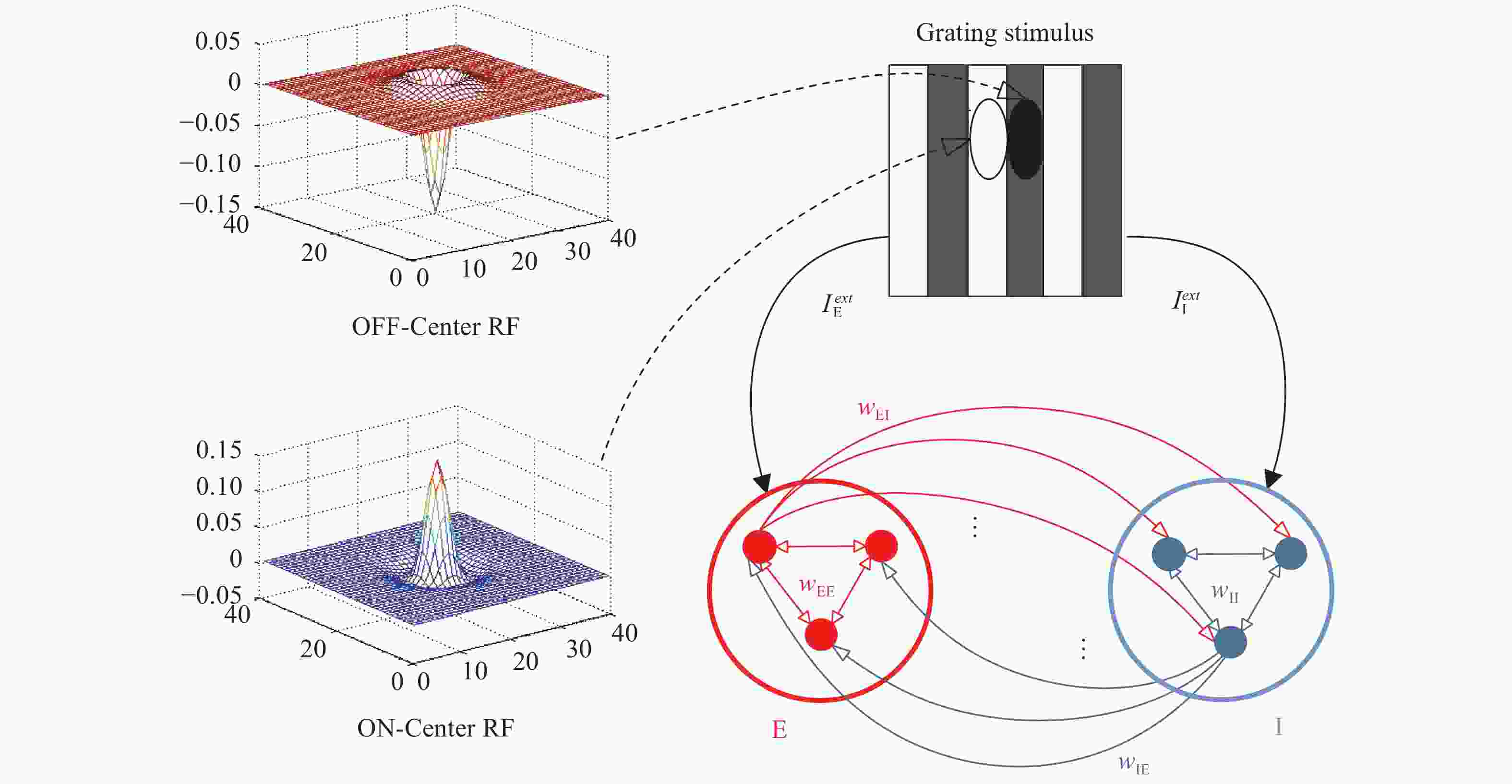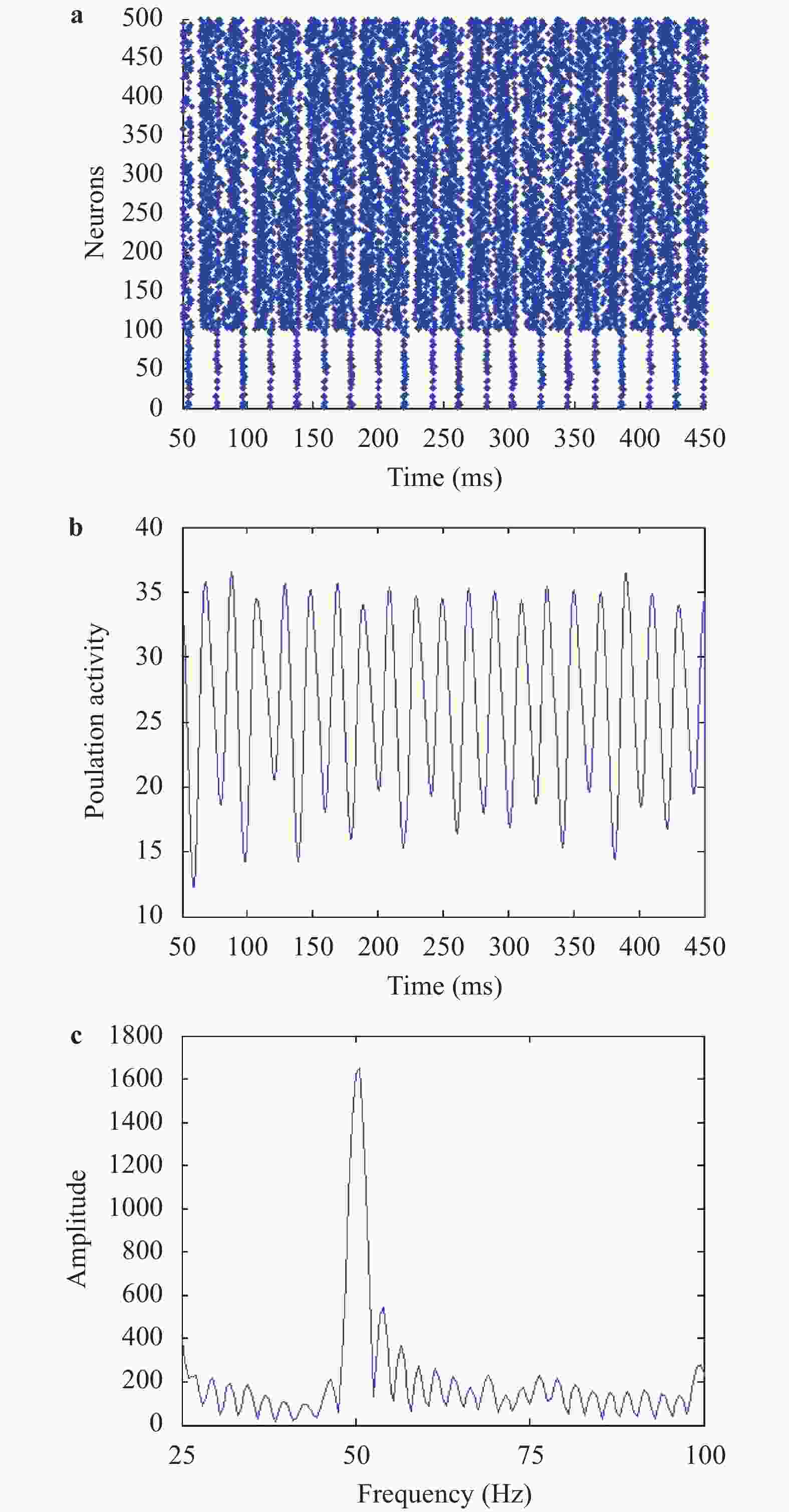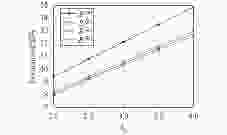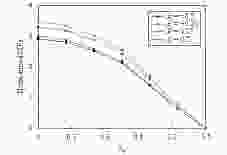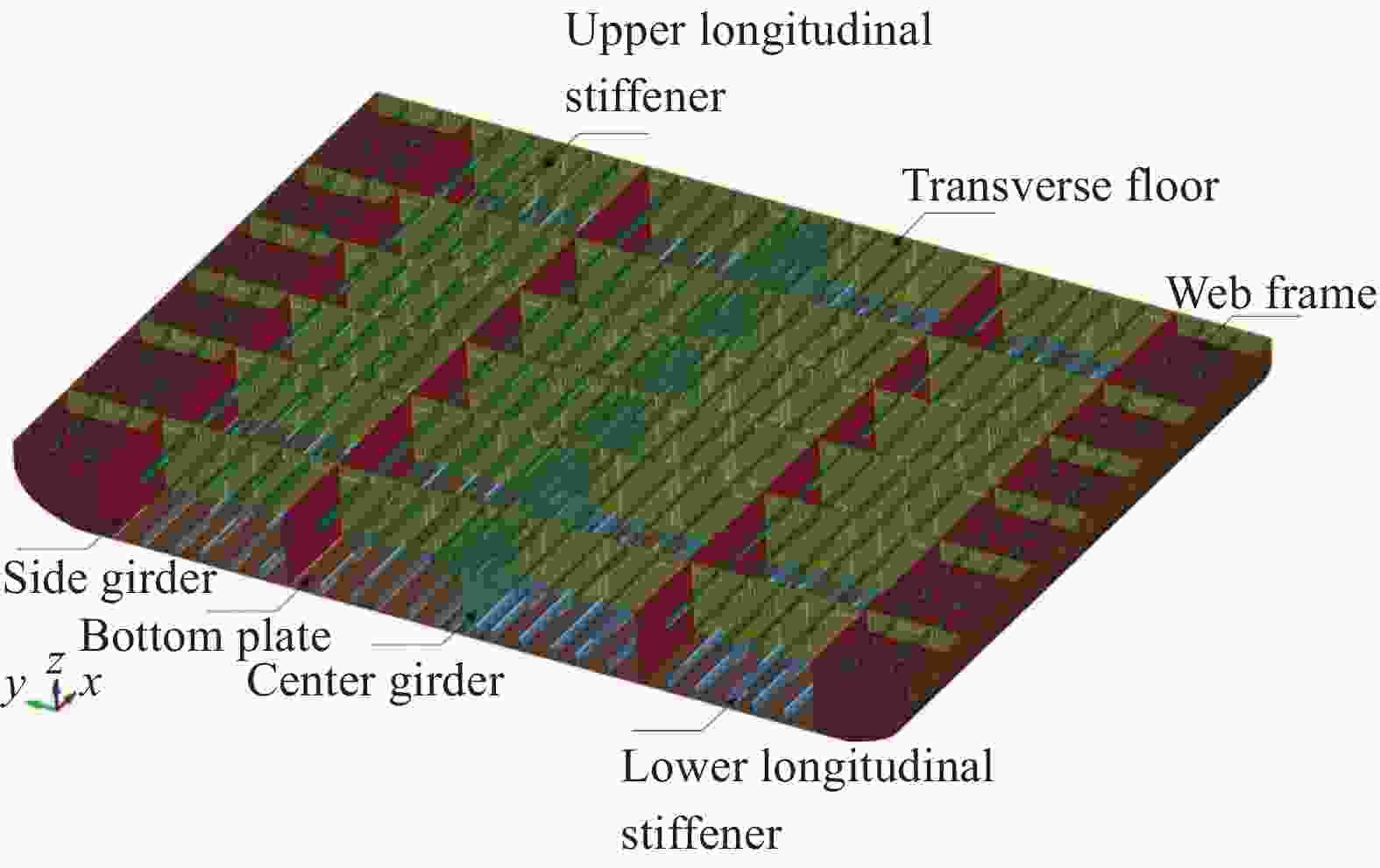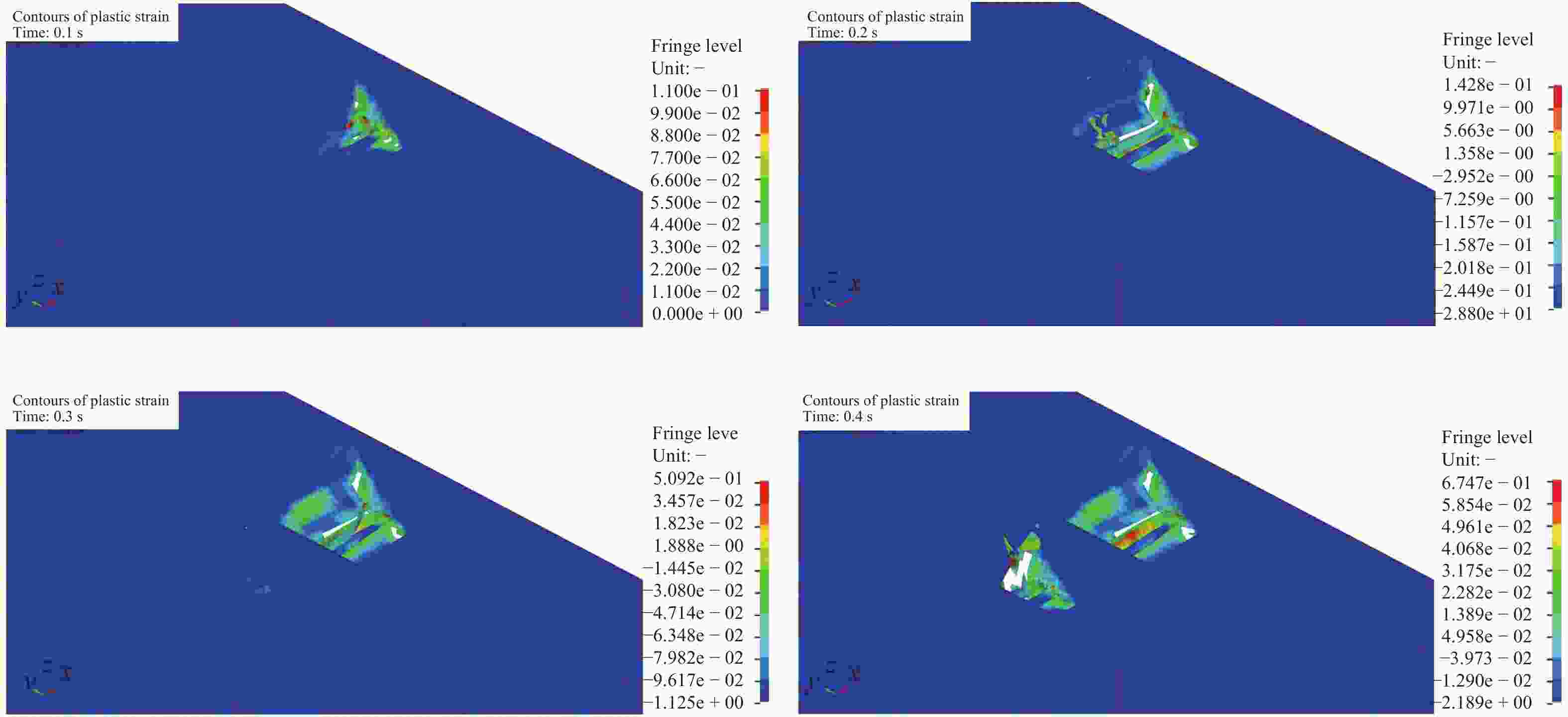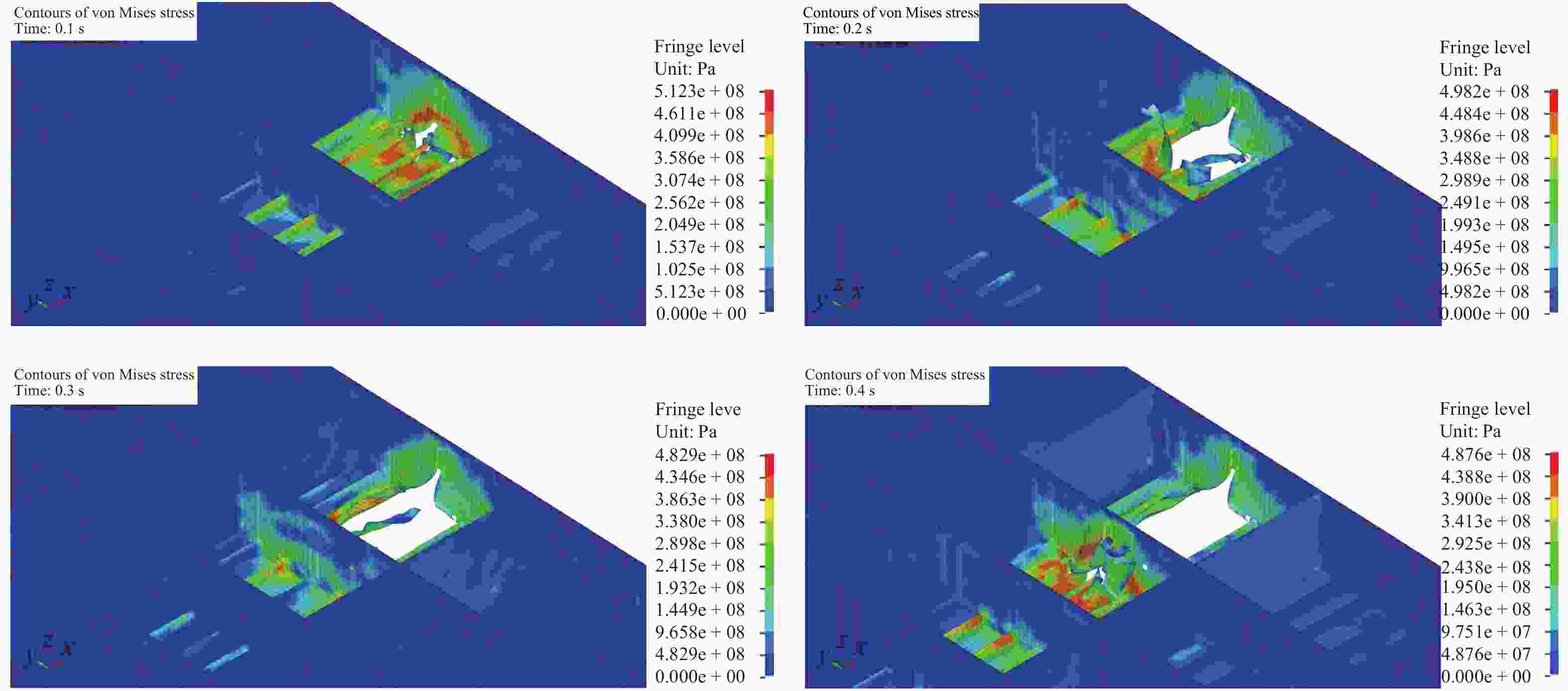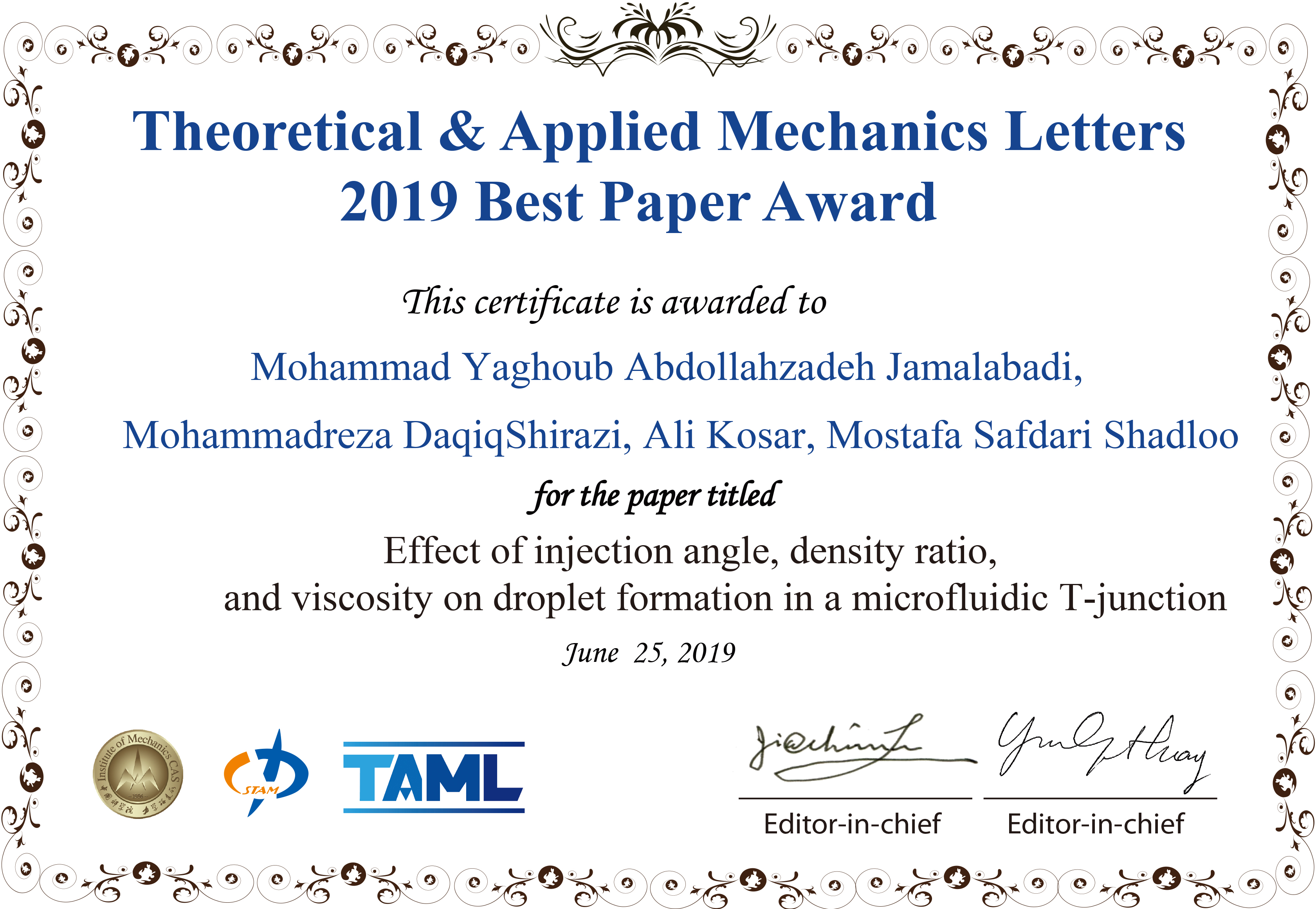Institute of Mechanics,
Chinese Academy of Sciences
2019 Vol.9(1)
Theoretical and Applied Mechanics Letters 2019, 9(1): 1-6.
doi: 10.1016/j.taml.2019.01.008
Abstract:
A lattice Boltzmann numerical modeling method was developed to predict skin concentration after topical application of a drug on the skin. The method is based on D2Q9 lattice spaces associated with the Bhatnagar-Gross-Krook (BGK) collision term to solve the convection-diffusion equation (CDE). A simulation was carried out in different ranges of the value of bound\begin{document}$\gamma $\end{document} ![]()
![]()
\begin{document}$\gamma $\end{document} ![]()
![]()
\begin{document}$\gamma $\end{document} ![]()
![]()
A lattice Boltzmann numerical modeling method was developed to predict skin concentration after topical application of a drug on the skin. The method is based on D2Q9 lattice spaces associated with the Bhatnagar-Gross-Krook (BGK) collision term to solve the convection-diffusion equation (CDE). A simulation was carried out in different ranges of the value of bound
Theoretical and Applied Mechanics Letters 2019, 9(1): 7-13.
doi: 10.1016/j.taml.2019.02.006
Abstract:
Although rainfall is rare on the Loess Plateau of western China, landslides occur frequently there in rainy season. Surveys report that landslide hazards always follow heavy rains. In this study, a seepage-stress coupling model for rainfall induced landslide is used to examine an actual disastrous event in Yulin by the end of July, 2017. The effects of rainfall duration, rainfall intensity and soil weakening on slope stability are studied in detail. The results illustrate that the safety factor drops sharply at first and then is gradually declining to below 1.05 during additional two days of heavy rain. With soil strength softening considered, the slope would be more unstable, in which the weakening in soil cohesion is found to be a more sensitive factor.
Although rainfall is rare on the Loess Plateau of western China, landslides occur frequently there in rainy season. Surveys report that landslide hazards always follow heavy rains. In this study, a seepage-stress coupling model for rainfall induced landslide is used to examine an actual disastrous event in Yulin by the end of July, 2017. The effects of rainfall duration, rainfall intensity and soil weakening on slope stability are studied in detail. The results illustrate that the safety factor drops sharply at first and then is gradually declining to below 1.05 during additional two days of heavy rain. With soil strength softening considered, the slope would be more unstable, in which the weakening in soil cohesion is found to be a more sensitive factor.
Theoretical and Applied Mechanics Letters 2019, 9(1): 14-20.
doi: 10.1016/j.taml.2019.01.001
Abstract:
Synchronous gamma oscillations are believed to play a prominent role in the information processing of biological neural systems. Experimental observations have found that the frequency and power of gamma oscillations in the primary visual cortex (V1 zone) are regulated by the illumination contrast of visual stimulus. However, the underlying mechanism of how the synchronous oscillations depend on the illumination contrast has not been well explained. We propose a local excitatory/inhibitory (E/I) neuronal network of integrate-and-fire (IAF) neurons with the difference-of-Gaussians (DOG) receptive field to unveil this mechanism. Simulation results demonstrate that the higher the illumination contrast, the higher the frequency of gamma oscillations. The power of gamma oscillations also increases with the increase of illumination contrast. These results are consistent with the experimental findings.
Synchronous gamma oscillations are believed to play a prominent role in the information processing of biological neural systems. Experimental observations have found that the frequency and power of gamma oscillations in the primary visual cortex (V1 zone) are regulated by the illumination contrast of visual stimulus. However, the underlying mechanism of how the synchronous oscillations depend on the illumination contrast has not been well explained. We propose a local excitatory/inhibitory (E/I) neuronal network of integrate-and-fire (IAF) neurons with the difference-of-Gaussians (DOG) receptive field to unveil this mechanism. Simulation results demonstrate that the higher the illumination contrast, the higher the frequency of gamma oscillations. The power of gamma oscillations also increases with the increase of illumination contrast. These results are consistent with the experimental findings.
Theoretical and Applied Mechanics Letters 2019, 9(1): 21-26.
doi: 10.1016/j.taml.2019.01.002
Abstract:
An energy approach is proposed to describe the electromigration induced grain rotation under high current density. The driving force is assumed to arise from the grain-boundary energy reduction and increase of the inner energy from the joule heating. Energy dissipates by the grain boundary diffusion under electromigration and viscous boundary sliding is considered. Based on the conservation of energy production and dissipation, an equilibrium equation is developed to predict the grain rotation rate analytically. It is recognized that the grain rotates with the reducing of electrical resistivity and inversely proportional to the grain length. The theoretical prediction is compared with the experimental data, which shows good accuracy on the rotation trend and the specific rotation rate.
An energy approach is proposed to describe the electromigration induced grain rotation under high current density. The driving force is assumed to arise from the grain-boundary energy reduction and increase of the inner energy from the joule heating. Energy dissipates by the grain boundary diffusion under electromigration and viscous boundary sliding is considered. Based on the conservation of energy production and dissipation, an equilibrium equation is developed to predict the grain rotation rate analytically. It is recognized that the grain rotates with the reducing of electrical resistivity and inversely proportional to the grain length. The theoretical prediction is compared with the experimental data, which shows good accuracy on the rotation trend and the specific rotation rate.
Theoretical and Applied Mechanics Letters 2019, 9(1): 27-31.
doi: 10.1016/j.taml.2019.01.004
Abstract:
For the purpose of solving optimal control problem of a wall-crawling mobile robot working on spherical containers, we propose the Hamel's formalism for Pontryagin Maximum Principle, which gives a general framework for the optimal control of a mechanical system with velocity constraints, especially nonholonomic constraints. The effectiveness of the proposed framework is shown by the simulations for the above problem.
For the purpose of solving optimal control problem of a wall-crawling mobile robot working on spherical containers, we propose the Hamel's formalism for Pontryagin Maximum Principle, which gives a general framework for the optimal control of a mechanical system with velocity constraints, especially nonholonomic constraints. The effectiveness of the proposed framework is shown by the simulations for the above problem.
Theoretical and Applied Mechanics Letters 2019, 9(1): 32-35.
doi: 10.1016/j.taml.2019.01.005
Abstract:
A numerical simulation is performed to find out a key vortical structure in the laminar-turbulent transition. A low-speed streak is generated inside a laminar boundary layer using an isolated cuboid roughness, aimed at providing an environment unstable to outer disturbances. Then, a short duration jet is issued into the boundary layer. When the jet velocity is low, some vortices appear in the boundary layer, but the transition of the boundary layer does not take place. However, when the jet velocity exceeds a certain threshold, two vortices newly appear above the elongated legs of a V-shaped vortex and only one of them is stretched and survives. After that, vortices are generated one after another around the survived one. By comparing the decayed and the survived vortices, it is found that the difference in their heights is the key characteristic which leads to the transition.
A numerical simulation is performed to find out a key vortical structure in the laminar-turbulent transition. A low-speed streak is generated inside a laminar boundary layer using an isolated cuboid roughness, aimed at providing an environment unstable to outer disturbances. Then, a short duration jet is issued into the boundary layer. When the jet velocity is low, some vortices appear in the boundary layer, but the transition of the boundary layer does not take place. However, when the jet velocity exceeds a certain threshold, two vortices newly appear above the elongated legs of a V-shaped vortex and only one of them is stretched and survives. After that, vortices are generated one after another around the survived one. By comparing the decayed and the survived vortices, it is found that the difference in their heights is the key characteristic which leads to the transition.
Theoretical and Applied Mechanics Letters 2019, 9(1): 36-42.
doi: 10.1016/j.taml.2019.01.006
Abstract:
U-shaped micro-nanochannels can generate significant flow disturbance as well as locally amplified electric field, which gives itself potential to be microfluidic mixers, electrokinetic pumps, and even cell lysis process. Numerical simulation is utilized in this work to study the hidden characteristics of the U-shaped micro-nanochannel system, and the effects of key controlling parameters (the external voltage and pressure) on the device output metrics (current, maximum values of electric field, shear stress and flow velocity) were evaluated. A large portion of current flowing through the whole system goes through the nanochannels, rather than the middle part of the microchannel, with its value increasing linearly with the increase of voltage. Due to the local ion depletion near micro-nanofluidic junction, significantly enhanced electric field (as much as 15 fold at V=1 V and P0=0) as well as strong shear stress (leading to electrokinetic flow) is generated. With increasing external pressure, both electric field and shear stress can be increased initially (due to shortening of depletion region length), but are suppressed eventually at higher pressure due to the destruction of ion depletion layer. Insights gained from this study could be useful for designing nonlinear electrokinetic pumps and other systems.
U-shaped micro-nanochannels can generate significant flow disturbance as well as locally amplified electric field, which gives itself potential to be microfluidic mixers, electrokinetic pumps, and even cell lysis process. Numerical simulation is utilized in this work to study the hidden characteristics of the U-shaped micro-nanochannel system, and the effects of key controlling parameters (the external voltage and pressure) on the device output metrics (current, maximum values of electric field, shear stress and flow velocity) were evaluated. A large portion of current flowing through the whole system goes through the nanochannels, rather than the middle part of the microchannel, with its value increasing linearly with the increase of voltage. Due to the local ion depletion near micro-nanofluidic junction, significantly enhanced electric field (as much as 15 fold at V=1 V and P0=0) as well as strong shear stress (leading to electrokinetic flow) is generated. With increasing external pressure, both electric field and shear stress can be increased initially (due to shortening of depletion region length), but are suppressed eventually at higher pressure due to the destruction of ion depletion layer. Insights gained from this study could be useful for designing nonlinear electrokinetic pumps and other systems.
Effects of interfacial discontinuity on the fracture behavior in the superconductor-substrate system
Theoretical and Applied Mechanics Letters 2019, 9(1): 43-49.
doi: 10.1016/j.taml.2019.01.009
Abstract:
This study concerns a two-dimensional model and the corresponding virtual crack closure technique (VCCT) implemented to solve the general boundary value problems that may explain why interface discontinuity has effects on the fracture behavior in the superconductor-substrate system. The interfacial discontinuity can be classified according to the material properties' continuity and their derivatives' continuity at the interface. For nonhomogeneous superconductor and substrate specimens with various material properties, a VCCT method is developed to calculate their fracture behavior. Furthermore, the effects of applied magnetic field amplitude and nonhomogeneous parameters are extensively and parametrically studied in two activation processes (zero-field cooling and field cooling). The integrative and computational study presented here provide a fundamental mechanistic understanding of the fracture mechanism in the superconductor-substrate system and sheds light on the rational design of interfacial continuity.
This study concerns a two-dimensional model and the corresponding virtual crack closure technique (VCCT) implemented to solve the general boundary value problems that may explain why interface discontinuity has effects on the fracture behavior in the superconductor-substrate system. The interfacial discontinuity can be classified according to the material properties' continuity and their derivatives' continuity at the interface. For nonhomogeneous superconductor and substrate specimens with various material properties, a VCCT method is developed to calculate their fracture behavior. Furthermore, the effects of applied magnetic field amplitude and nonhomogeneous parameters are extensively and parametrically studied in two activation processes (zero-field cooling and field cooling). The integrative and computational study presented here provide a fundamental mechanistic understanding of the fracture mechanism in the superconductor-substrate system and sheds light on the rational design of interfacial continuity.
Theoretical and Applied Mechanics Letters 2019, 9(1): 50-59.
doi: 10.1016/j.taml.2019.01.010
Abstract:
Marine accidents have caused immense casualties on various parties in shipping and shipbuilding industries, including financial and structural losses. This situation makes ship accident becomes a critical subject in naval architecture and marine structures, as it needs continuous assessment and investigation to broaden insight and data of collision and grounding phenomena. The paper aims to investigate structural conditions of a ship arranged by double hull system under accidental scenario, namely ship grounding. Fundamental concept of structure-rock interaction in powered-hard grounding is adopted to design impact configuration for calculation using finite element (FE) simulation. Involved entities are defined as the structure represented by tanker vessel, and oceanic rock is deployed as the indenter in analysis. Calculation results indicate that the crashworthiness capability of structural part strengthened by longitudinal girder is higher than other selected locations on the structures against rock penetration. Localized flooding of storage oil may occur during raking damage is formed on structural part between two girders.
Marine accidents have caused immense casualties on various parties in shipping and shipbuilding industries, including financial and structural losses. This situation makes ship accident becomes a critical subject in naval architecture and marine structures, as it needs continuous assessment and investigation to broaden insight and data of collision and grounding phenomena. The paper aims to investigate structural conditions of a ship arranged by double hull system under accidental scenario, namely ship grounding. Fundamental concept of structure-rock interaction in powered-hard grounding is adopted to design impact configuration for calculation using finite element (FE) simulation. Involved entities are defined as the structure represented by tanker vessel, and oceanic rock is deployed as the indenter in analysis. Calculation results indicate that the crashworthiness capability of structural part strengthened by longitudinal girder is higher than other selected locations on the structures against rock penetration. Localized flooding of storage oil may occur during raking damage is formed on structural part between two girders.
 Submit a Paper
Submit a Paper
 Subscription
Subscription
News
MORE+
Call for Papers
MORE+
- Crossing-Mechanics Driven by Big Data
- Machine learning in the fluid mechanics research of wind energy
- Mechanics of Origami/Kirigami structures and metamaterials
- New insights and perspectives on impact biomechanics for human tissues: from injury prevention, protection to protective equipment
- Environmental Mechanics for Extreme Natural Events





















